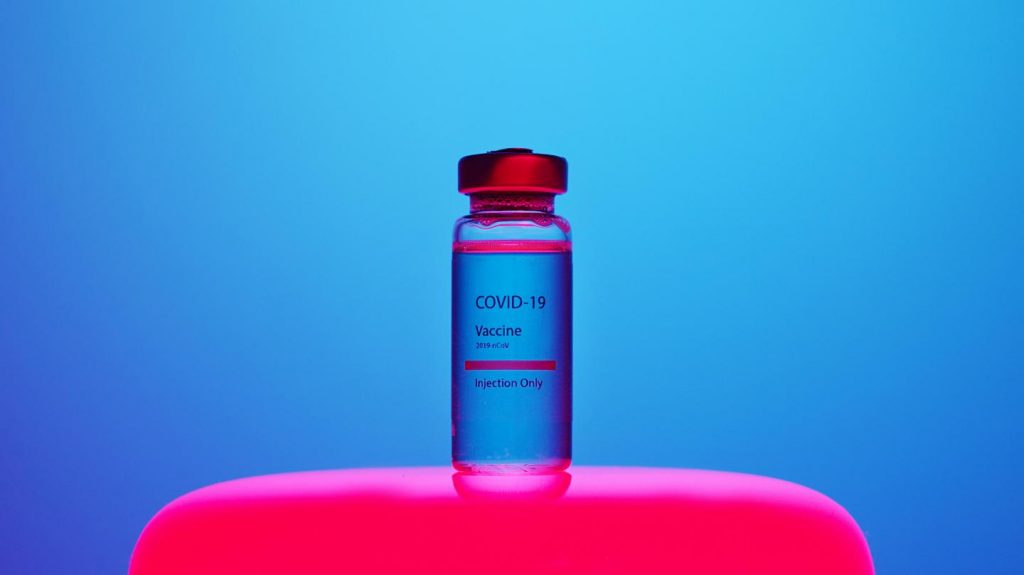Moderna vaccine (mRNA-1273) that encodes S-2P antigen, generates immune response, is safe and well-tolerated in healthy adults. The result is published in NEJM.
A vaccine is required to boost acquired immunity against a disease-causing pathogen. It is usually prepared from the killed or weakened pathogens, from its nucleic acid or the receptor proteins. In most vaccine development projects, it takes several years to manufacture a vaccine before its approval for clinical use or to have the material delivered for human trials (Pronker, Weenen et al. 2013).
The disease Covid-19 caused by the virus SARS-CoV-2 has severely compromised global human health since the report of the first case of hospitalization on December 12, 2019, in Wuhan, China surfaced.
Once the complete genome sequence of the virus was posted on January 10, 2020, many scientists around the world have started looking for a suitable vaccine capable of protecting human health against the virus SARS-CoV-2 that infected nearly 15.8 million leaving over 637 thousand dead as of July 24, 2020 (worldometer.info 2020).
The virus SARS-CoV-2 has a single-stranded positive-sense RNA with 29,881 bases that encodes at least four major structural proteins, namely spike glycoprotein (S), membrane protein (M), envelope protein (E), and nucleocapsid protein (N). The S protein facilitates viral entry into host cells by binding to the host receptor, Angiotensin-converting Enzyme 2 (ACE2), through the Receptor-binding Domain (RBD) of the S1 subunit.
Therefore, S protein is widely considered a prime target for the development of antibodies, entry inhibitors, and vaccines against SARS-CoV-2 by the scientific community (Ahammad and Lira 2020).
A group of scientists from biotechnology company Moderna, Inc. and the National Institute of Allergy and Infectious Diseases (NIAID) has developed a vaccine called mRNA-1273 (Jackson, Anderson et al. 2020). The vaccine encodes the S-2P antigen, consisting of the SARS-CoV-2 glycoprotein with a transmembrane anchor and an intact S1–S2 cleavage site.
The result of the phase-1 trial of this vaccine is now official. According to a recently published NEJM report (Jackson, Anderson et al. 2020), the vaccine was found generally well tolerated and prompted neutralizing antibody activity in healthy adults. Within 45 days after genome information of this virus was posted, the development and delivery of clinical trials candidate was completed.
In the trial, 45 healthy adults, 18 to 55 years of age, were recruited, and the participants were divided into three groups. Each group received intramuscular vaccination with mRNA-1273 in a dose of 25 μg, 100 μg, or 250 μg twice, 28days apart. On day 29, the anti-S-2P antibody ELISA test revealed a geometric mean titer of 40,227, 109,209, and 213,526 units in the 25-μg group,100-μg group, and 250-μg group, respectively.
Out of 45 participants, 42 received both scheduled injections. After the second vaccination, the antibody activity test showed the levels were above the average values found in 45 convalescent serum specimens, collected from persons with confirmed COVID-19 cases. It is noteworthy that within 65 days after genome information becomes available, the first person received the trial vaccine.
Regarding safety, more than half of the participants reported fatigue, headache, chills, myalgia, or pain at the injection point. After the second vaccination, systematic adverse events were common, particularly with the highest dose. At the end of the trial, three participants in the 250-μg dose group reported at least one severe adverse event.

In all participants, the trial vaccine candidate induced anti-SARS-CoV-2 immune responses, and the investigators did not find any safety concerns in the trial. The findings of this trial support further development of this trial vaccine.
The NIAID partially funded the project. More details of the trial candidate can be found on ClinicalTrials.gov number, using the identifier NCT04283461.


















